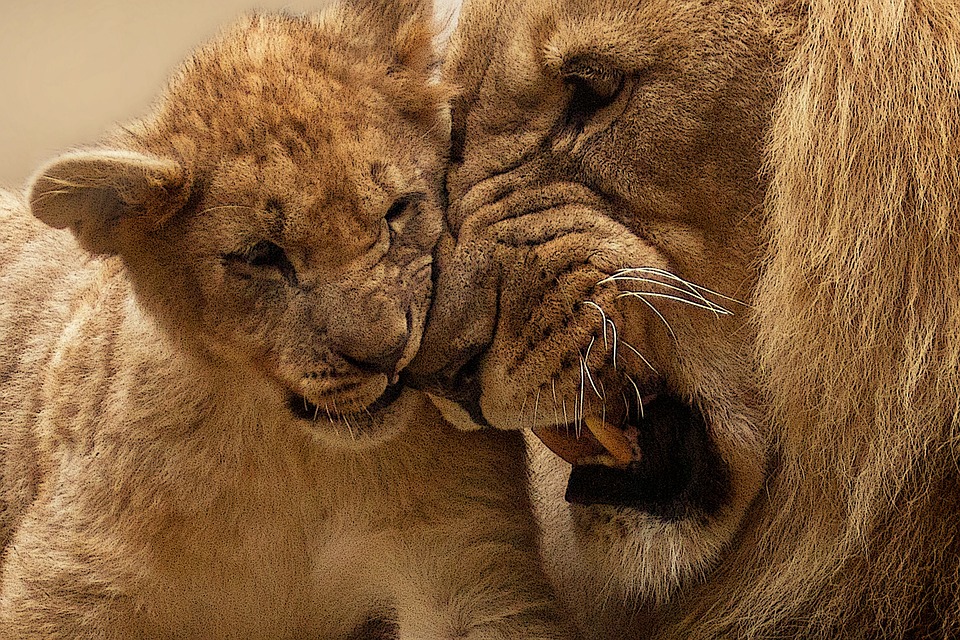Introduction:
Understanding the significance of playtime for cats is crucial to their overall well-being. In this article, we delve into the science behind cat play behavior, its importance for feline behavior, and how it impacts their physical and mental health. So, grab a cup of coffee and let’s explore the fascinating world of cat play!
I. The Instinctual Nature of Cat Play
Cats are natural hunters, and play behavior is deeply ingrained in their instincts. By understanding the instinctual roots of play behavior, we can gain insights into why cats engage in certain play activities. Play mimics hunting and stalking behaviors in the wild, allowing cats to practice and refine their hunting skills. This not only provides mental stimulation but also helps develop crucial skills for survival.
II. The Physical Benefits of Playtime
Regular playtime for cats promotes exercise and weight management. Cats who engage in play are more likely to maintain a healthy weight, reducing the risk of obesity and associated health issues. Play also strengthens muscles and improves agility, keeping cats physically fit. Additionally, playtime encourages healthy digestion and prevents constipation by stimulating the gastrointestinal system.
III. The Mental and Emotional Benefits of Playtime
Playtime is not just physically beneficial but also has significant mental and emotional benefits for cats. It stimulates the mind, preventing boredom and providing mental enrichment. By providing an outlet for energy, playtime reduces stress and helps prevent destructive behaviors resulting from pent-up energy. Play also strengthens the bond between cat and owner, promoting trust and companionship. Moreover, engaging in playtime can boost a cat’s confidence and encourage positive behavior.
IV. Types of Play and Suitable Toys
There are various types of play that cater to different aspects of a cat’s behavior. Interactive play, where owners actively engage with their cats, helps strengthen the bond and provides social interaction. Solo play involves independent toys that cats can play with on their own. Puzzle toys, such as treat-dispensing toys, stimulate mental activity and problem-solving skills. Choosing appropriate toys based on a cat’s age and preferences is essential for ensuring their enjoyment and engagement.
V. How to Encourage Play Behavior
To encourage play behavior in cats, it’s important to create a cat-friendly environment that includes scratching posts, climbing structures, and hiding spots. Setting aside dedicated playtime sessions helps establish a routine and provides cats with regular opportunities for play. Incorporating a variety of play techniques, such as using wand toys, laser pointers, or feather teasers, keeps playtime interesting and engaging. Positive reinforcement, such as treats or praise, can also be used to encourage play behavior.
VI. Common FAQs about Cat Play
To address common concerns about cat play, we answer frequently asked questions. These include how much playtime cats need, why cats might lose interest in toys quickly, whether indoor cats can benefit from playtime, safety considerations when choosing toys, and what to do if a cat doesn’t seem interested in playing.
Conclusion:
Understanding the significance of playtime for your cat is essential for promoting their physical and mental well-being. By incorporating regular play sessions and providing stimulating toys, you can help satisfy their natural instincts and keep them happy and healthy. So, don’t forget to make time for play, as it’s much more than just a fun activity – it’s a science-backed way to enhance your feline companion’s overall quality of life.








